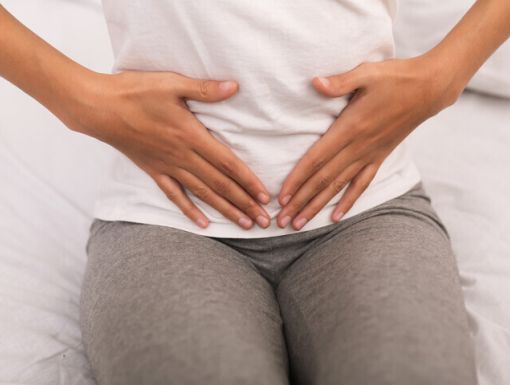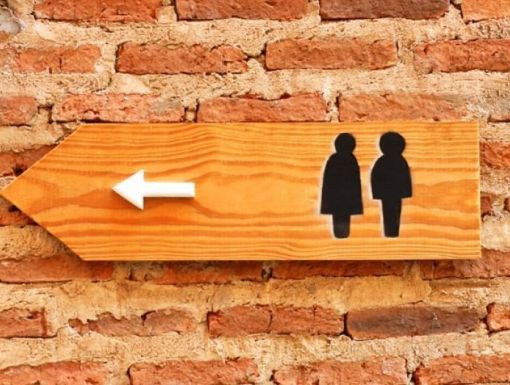
What Are Treatment Options for Overactive Bladder?
While, unfortunately, there is no cure for overactive bladder (OAB), numerous treatment options are available. Treatment for overactive bladder can range from simple behavior changes to medications or even minor procedures. Urologist often begin with suggestions of simple behavioral therapies, which can be very effective in controlling symptoms, especially when mild.
Behavioral therapies, or sometimes called first-line therapies, should be the first treatment option someone tries to treat the syndrome of overactive bladder. This group of therapies is more conservative, meaning that they are unlikely to cause significant side effects and are not invasive in any way. They can also be undertaken largely on your own and can give you a lot of control over your own therapy. Because they do not require taking a medication or having a procedure done, they can sometimes be mistaken as being less effective. In fact, several studies suggest that, if taken seriously by a dedicated patient, these therapies can be at least as effective as taking a medication for bladder symptoms. But success depends heavily on how much work someone is willing to put into these therapies. Behavioral therapies include, diet changes, creating a bathroom schedule and exercising your pelvic floor.
How does diet affect overactive bladder?
One of the first things to consider for a person with an overactive bladder is their diet. Diet includes not just what we eat and drink, but how much we drink and when we drink. Taking a closer look at each of those factors can provide you with insight as to how your diet could be affecting your bladder symptoms.
- What we eat and drink means looking at common bladder irritants and whether they have an impact on your bladder symptoms. Some foods or beverages that can irritate the bladder include acidic foods and beverages, carbonated drinks and caffeinated beverages. Patients are encouraged to try keeping a food and beverage diary for a few days to see how certain food or drinks impacts their symptoms.
- For some patients, it isn’t what they are drinking but how much they are drinking. It is important that patients never restrict themselves from fluids. But, for most people, if you simply drink whenever you are thirsty, you are likely to achieve adequate hydration and will not worsen overactive bladder.
- Lastly, when you are drinking is important as well, especially for those who may be waking up at night to urinate. If you have overactive bladder, it is helpful to begin reducing or even eliminating fluids in the hours before you get into bed.
Whether is it is tracking your diet with a food and beverage diary, checking your total fluid input and output with a voiding diary or reducing your intake of liquids close to bedtime, simply taking a look at some of your dietary habits can make a significant difference in the OAB symptoms of many people. It certainly can be worth the time and effort it takes to put these diet changes into practice.
Can I train my bladder to urinate less often?
There actually are ways that you can “train” your bladder which help to reduce how frequently you urinate and gain control over urine leakage. Bladder training can help to control urinary frequency and urgency. Training often begins with a bladder diary which will give you information about how often you urinate or even leak urine. Figure out what the average interval of time is between your bathroom visits without having to rush to the bathroom. Once you determine this time, begin making regular visits to the bathroom at that interval, except for when you are sleeping. After 1-2 weeks, once you become comfortable with your first interval, begin to increase the time of the intervals by 15-30 minutes. Continue increasing the interval every 1-2 weeks until you reach your goal. For most patients with overactive bladder, your goal probably should not be beyond 3-4 hours.
Can pelvic floor exercises help overactive bladder?
Pelvic floor, or Kegel, exercises are often recommended for treating urine leakage which occurs with strenuous activity, such as coughing, laughing or exercising, called stress incontinence. However, these exercises can also be very useful for overactive bladder. Control of the pelvic floor muscles helps with overactive bladder first by helping to prevent any urinary leakage. A sudden, uncomfortable urge to urinate can be accompanied by accidental loss of urine. Strength of the pelvic floor muscles can help to prevent urine leakage. In addition, a contraction of the pelvic floor muscles activates a reflex which helps to suppress an uncomfortable desire to urinate. This means that pelvic floor contractions not only help to keep urine in, but they can also assist in decreasing a strong urge to urinate before it ever progresses to incontinence.
It can take several weeks of regular exercises for this to be effective so be patient with yourself and be persistent with a routine. Some patients, despite their efforts, are unable to properly identify their pelvic floor muscles. They tend to contract their stomach or thigh or gluteal muscles. If you are unable to comfortably do Kegel exercises, it can be helpful to meet with a specialized health provider called a pelvic floor physical therapist.
If you do not see an improvement with a combination of these behavioral therapies, you should schedule an appointment with your urologist, who may consider more advanced therapies such as medication or minor procedures.
Learn more about female pelvic health at Ochsner: https://www.ochsner.org/services/female-pelvic-health.



